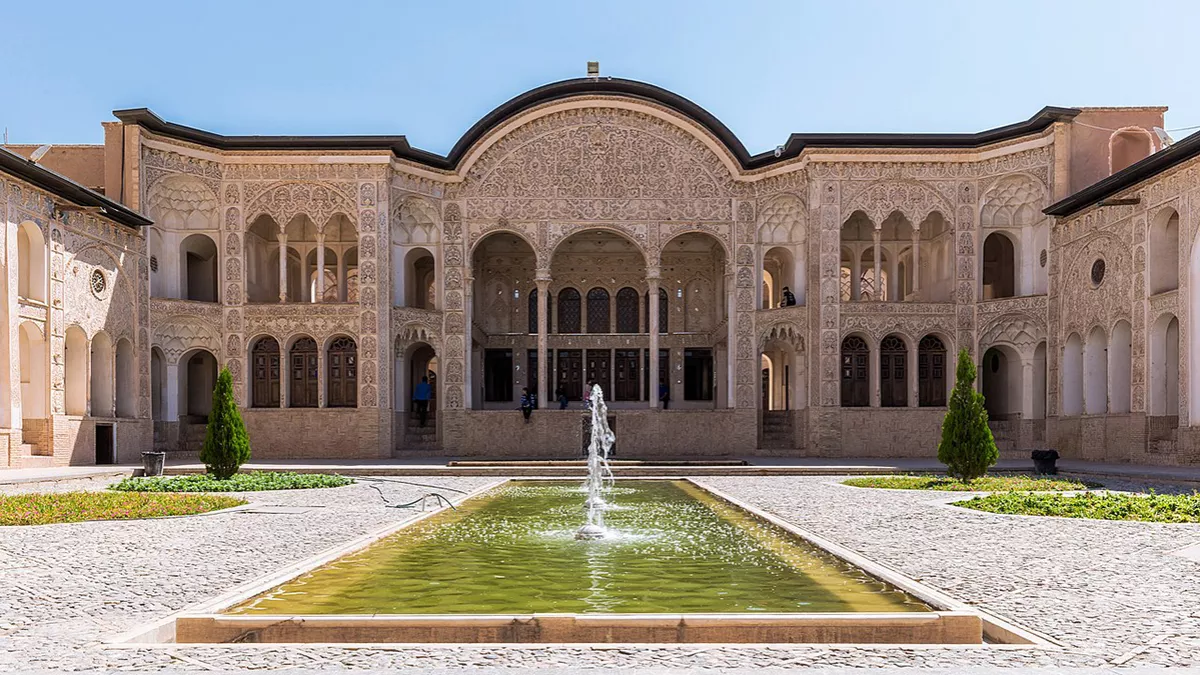
Nowadays,
people prioritize comfort and
air conditioners have become a requisite in providing the same. People become
dependent on AC, particularly in hot climates such as the Middle East. They
offer comfort for resting, working, and sleeping, and provide a comfortable
environment for staff, clients, and guests in offices, retail centers, hotels,
restaurants, etc.
There is no
place without the installation of AC that we can imagine today. Air
conditioning is crucial in various sectors to maintain ideal working
conditions, protect equipment, and guarantee product quality. Many sectors,
including data centres, pharmaceuticals, and food processing heavily depend on
the controlled temperatures provided by air conditioning systems. Hospitals and
other healthcare institutions utilize air conditioning to regulate interior
temperature and humidity, primarily for patient safety and sterility
maintenance.
Cars, buses,
trains, and airplanes all utilize air conditioning (AC) to keep the occupants
comfortable. Specialized air conditioning systems provide accurate temperature
and humidity management, which is necessary for labs, clean rooms, and server
rooms to protect fragile equipment and ensure optimal working conditions.
Contemporary
air conditioners are built with energy-saving features including programmable
thermostats, inverter compressors, and smart sensors. These developments
contribute to lower operating expenses and electricity usage. Nonetheless,
people are becoming more conscious of how air conditioning affects the
environment, especially when it comes to energy use and refrigerant emissions. The
development of more ecologically friendly refrigerants has come up. The need
for air conditioning is predicted to grow as a result of climate change,
bringing with it issues with energy use, the resilience of infrastructure, and
cost in hot climatic areas.
In order to save energy, a lot of people and companies are implementing
strategies including installing energy-efficient air conditioners, designing
buildings to maximise natural circulation, and raising interior temperature
settings.
Even while
air conditioning is a necessary comfort and enhances health and productivity in
hot regions, regulating its usage sustainably is still a major concern. For a
sustainable future, comfort must be balanced with energy efficiency and
environmental responsibility.
Imagine living without air conditioning in this situation. How people might
have handled the high temperatures before air conditioning was invented.
Ancient cultures around the world used a variety of inventive strategies to
remain cool, from using the force of wind and water evaporation to creating well-thought-out
architectural designs that maximize airflow.
It is interesting to know the various traditional cooling methods
employed by people in the Middle Eastern regions before the advent of
contemporary technology like air conditioning: Let's dive into some of these:
The Architectural Design played a significant role in cooling. Thick
walls composed of mud brick, stone, or adobe are a common feature of
traditional houses. Because of their large thermal mass, these materials stabilize
interior temperatures by collecting heat during the day and releasing it
gradually at night.
Mahsrabiya or Wooden Lattice Screens were positioned over balconies and windows. They improve ventilation
within buildings, reduce direct sunlight, and offer shade and seclusion all at
the same time.
Wind catchers, also known as barjeel or malqaf, are towers or
vents made to capture and channel prevailing winds into structures. They
facilitate natural circulation and ventilation, which helps cool interior
areas.
Central open courtyards around
rooms are a common element of traditional Middle Eastern residences. These
courtyards offer cool outdoor areas with shelter so that cooler air can flow,
and evaporative water elements like pools or fountains improve cooling.
Qanats are subterranean tunnels that transport water to
the surface from far-off sources, giving cold water for cooling and drinking. Falaj
systems, which use gravity to transport water through channels, are
comparable but more prevalent in dry areas.
Wet screens or cloths such as wet mats or
drapes were hung in entrances or windows to cool entering winds. This technique
works well in dry locations with little humidity.
Water is placed within Siqquas or porous clay pots allowing the water to evaporate and chill the contents. They were originally used in homes to maintain the coldness of drinking water.
The Earth Sheltering technique wherein the houses in arid areas can be partially subterranean or incorporated into slopes (siwan). The earth's thermal mass contributes to the regulation of interior temperature, making it warmer at night and colder during the day.
Wind Scoops or Badgirs were
mostly seen in Persian Gulf nations, made to capture and funnel prevailing
winds downward into buildings in order to provide natural ventilation and
cooling.
Light-coloured paint was used on buildings to keep interiors cooler to reflect sunlight and lessen heat absorption.
Long before contemporary technology was accessible, these ancient
cooling systems showed a thorough awareness of local temperature conditions and
a sustainable approach to comfort maintenance in hot climates.
